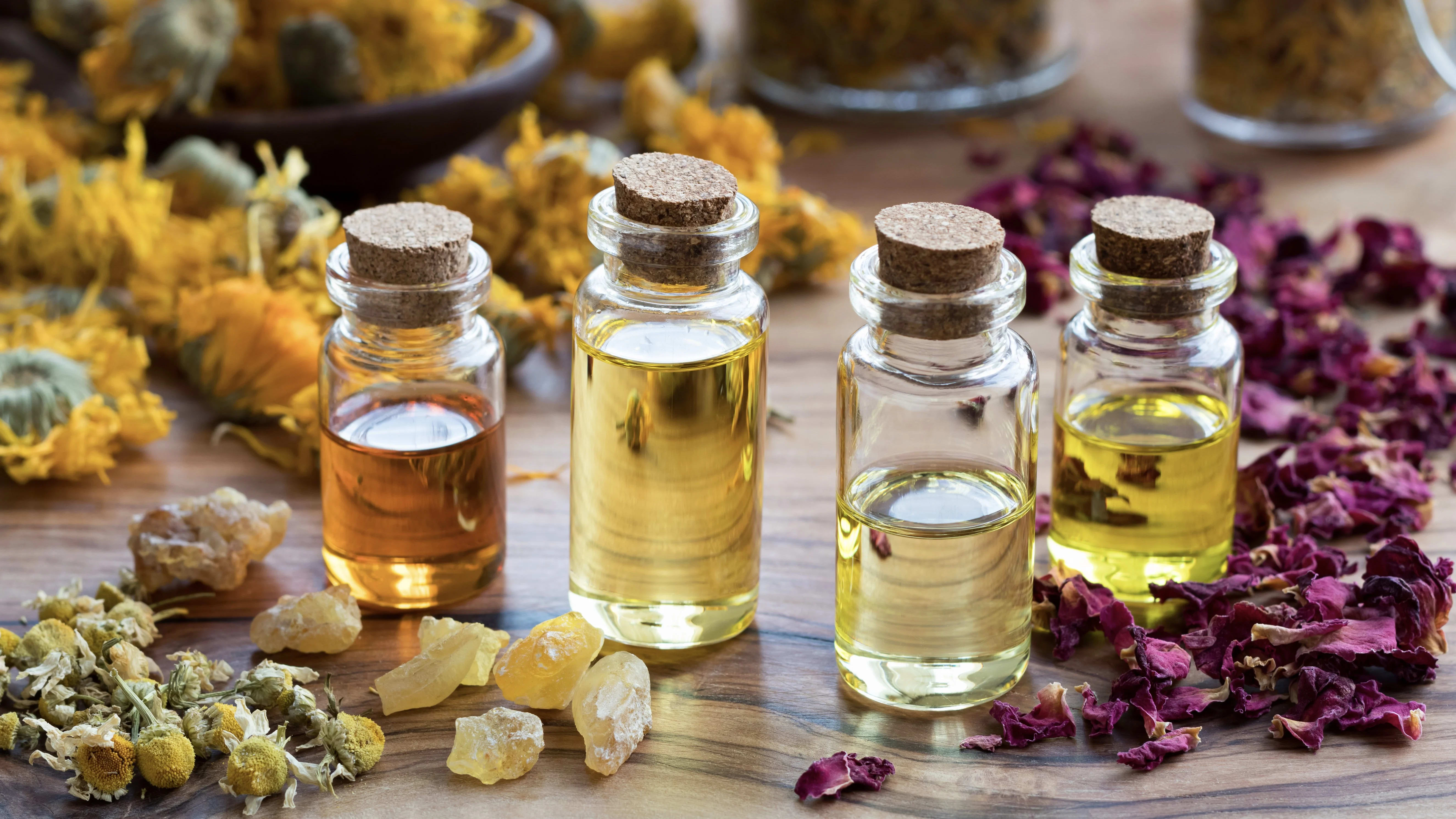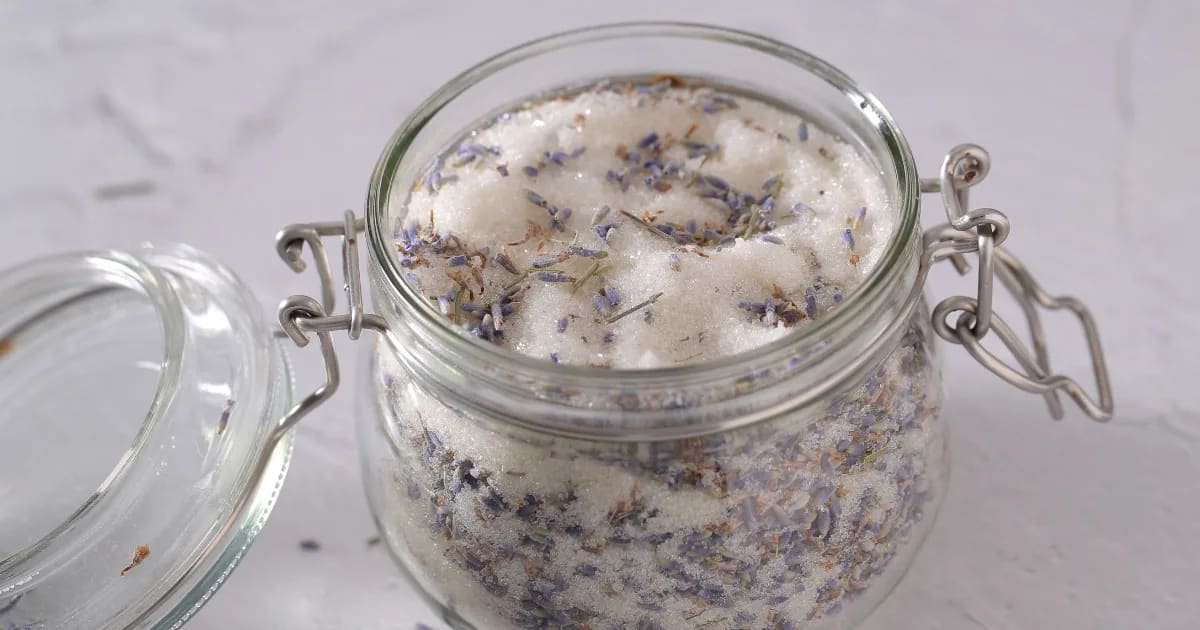Cinnamon Leaf Oil for Pain and Inflammation

Eugenol's Therapeutic Potential With Cinnamon Leaf Oil
Introduction:
In our previous blog, we embarked on an aromatic journey into the world of Cinnamon Leaf essential oil (Cinnamomum zeylanicum). We explored its comprehensive profile, revealing its remarkable properties, including the prominent presence of eugenol. We also learned how to use it safely and effectively for various purposes. If you missed it or need a refresher, you can catch up by visiting here.
Blending with Purpose:
When I think of creating essential oil blends, my mind always centers on three fundamental principles: improving the issue at hand, ensuring safety, and blending with a pleasing aroma. After all, the goal is not just to alleviate discomfort or promote well-being but to do so without causing harm. Safety is critical to our journey into aromatherapy, as it enables us to make a positive difference without unintended consequences.
Aromatic profile:
When we think of Cinnamon Leaf, it's hard not to think of its aromatic companions—Clove Bud (Eugenia caryophyllata) and Tulsi (Ocimum sanctum ct eugenol). What links these oils together? The answer lies in their abundant eugenol, a potent and versatile component. We encounter a distinctive clove-like aroma. But beyond the aroma lies the potential for therapeutic benefits, particularly in addressing pain and inflammation.
Eugenol's Therapeutic Marvels: Pain and Inflammation Relief
One of eugenol's most researched therapeutic properties is its remarkable efficacy in addressing pain and inflammation.
Its natural analgesic and anti-inflammatory properties make it a valuable tool in the world of natural wellness.
Picture this: a warming muscle or chest rub infused with Cinnamon Leaf essential oil (Cinnamomum zeylanicum). Its eugenol content can help soothe aching muscles and reduce inflammation, offering comfort and relief.
Understanding Safe Dilution
Safety always comes first when working with oils rich in Eugenol. A 0.5% dilution of eugenol-rich oils is recommended as a general guideline. This ensures that you receive the benefits without risking skin irritation or sensitization. A 0.5% dilution in a 1 fl oz (30 ml) blend is 2-3 drops.
Creating Effective Blends - Nourishing and Therapeutic
To enhance the effectiveness of your blend and achieve a 3% concentration of essential oils safely, consider pairing eugenol-rich oils with those that nourish the skin and offer pain and inflammation relief. For example, Lavender (Lavandula angustifolia) is fabulous for skincare and contributes to pain relief, anti-inflammatory action, and antispasmodic relief. Incorporating Lavender into your blend increases its effectiveness and ensures safety.
This knowledge about the properties of essential oils by their chemical components is a part of the foundation laid in our Aromatherapy Certification Program (ACP) course. This comprehensive course delves deep into the science and art of aromatherapy, equipping students with the expertise to create safe and effective blends.
An Effective Pain and Inflammation Blend: An Example
Now, let's put our knowledge into practice and create a gorgeous and effective pain and inflammation blend:
8 drops Lavender Oil (Lavandula angustifolia)
6 drops Copaiba Balsam Oleoresin (Copaifera officinalis)
3 drops of Cinnamon Leaf Oil (Cinnamomum zeylanicum)
1 fl oz (30 ml) Trauma Oil
Stay tuned for the next installment in our series, where we'll delve into effective carrier oils for pain blends. Until then, enjoy the beauty of aromatherapy and blend safely!
I fully believe that education is the key to learn how to make truly effective therapeutic blends. Layering our knowledge is key to advancement.
If you're passionate about aromatherapy and eager to deepen your understanding, consider joining our Aromatherapy Certification Program.
This comprehensive course equips you with the expertise to create safe and effective blends, ensuring that every drop serves its intended purpose without causing harm.
Learn more below!





